
Plan of the Palazzo Farnese, Caprarola Plans Pinterest Palazzo
Palazzo Farnese Tours & Tickets are Selling Out Fast. Book Now to Avoid Disappointment. Quick & Easy Purchase Process! Full Refund Available up to 24 Hours Before Your Tour Date

palazzo farnese caprarola Google Search Rock Garden Design, Strand
At the Palazzo Farnese, however, papal interventions initiated the kind of operations that would become the hallmark of Baroque Rome: a dominant building sponsors a piazza that sends out an axial street (the via dei Baullari) to tap into existing street networks. It is this kind of surgical urbanism—cutting and reshaping—that constitutes.
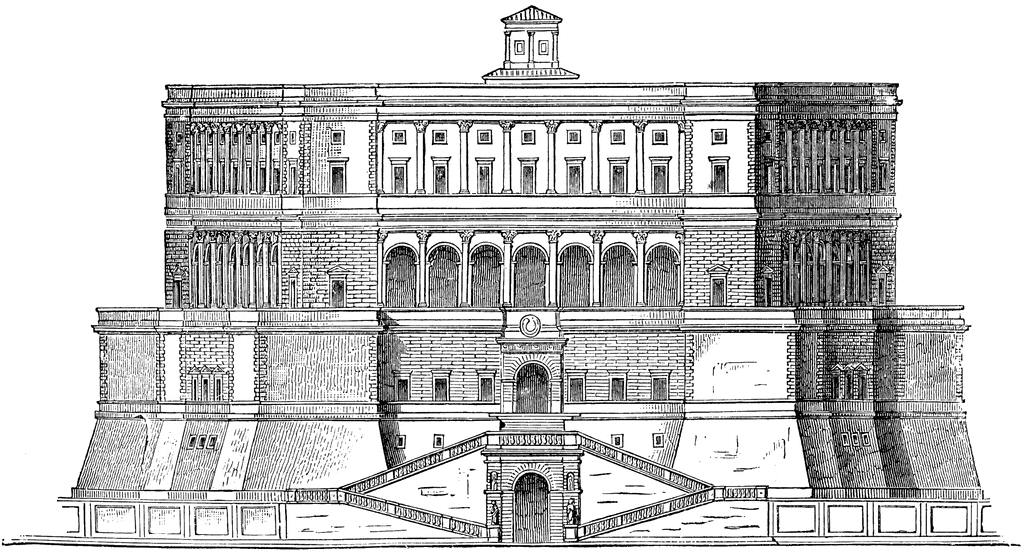
Farnese Palace at Rome ClipArt ETC
PALAZZO FARNESE DI CAPRAROLA. La costruzione di Palazzo Farnese di Caprarola comincia con il progetto del Cardinale Alessandro Farnese il Vecchio e continua con il nipote Alessandro il Giovane, detto il "gran Cardinale", che lo rende una delle residenze più belle e fastose di tutti i tempi. Tutto ha luogo nel feudo farnesiano, che da.
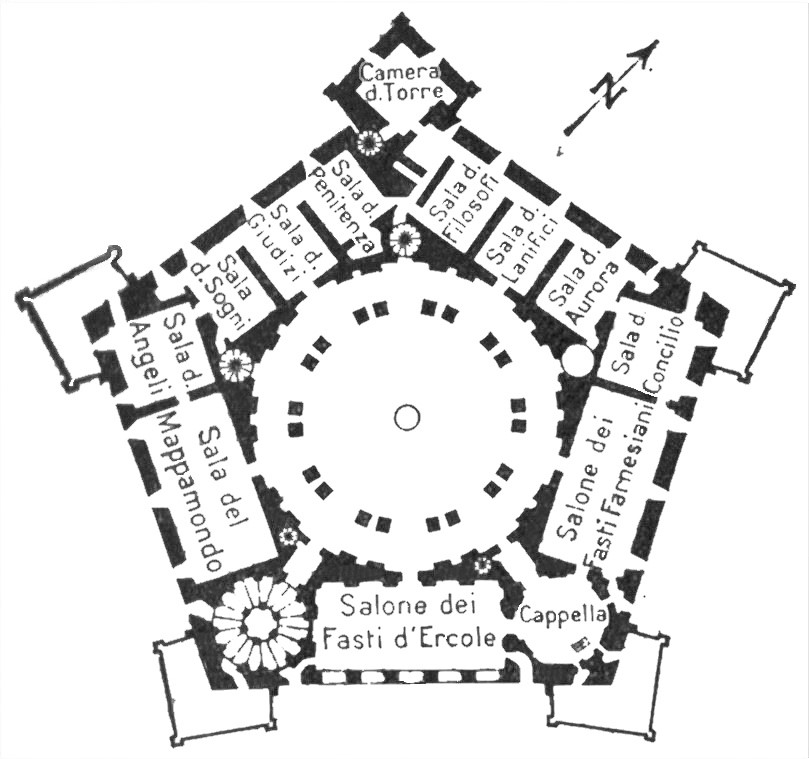
Cosa vedere d’interessante a Palazzo Farnese di Cararola
1. The history of Palazzo Farnese. Palazzo Farnese - today one of the most beautiful residences in central Italy - was built at the behest of cardinal Alessandro Farnese who entrusted the work to the famous architects Antonio da Sangallo and Baldassare Peruzzi. Works began in 1530, but suffered a first setback in 1534, when Farnese was elected.

. Palazzo Farnese di Caprarola. vídeo 400 min
The Palazzo Farnese was originally commissioned by Cardinal Alessandro Farnese in the 1520s to be a fortified manor house just outside of Rome (it's about 65 km/40 mi northwest of the capital). It was designed by Antonio da Sangallo the Younger and Baldassare Peruzzi to be an impenetrable fortress with a pentagonal shape and a moat, but work was halted when the Cardinal was elected Pope Paul III.
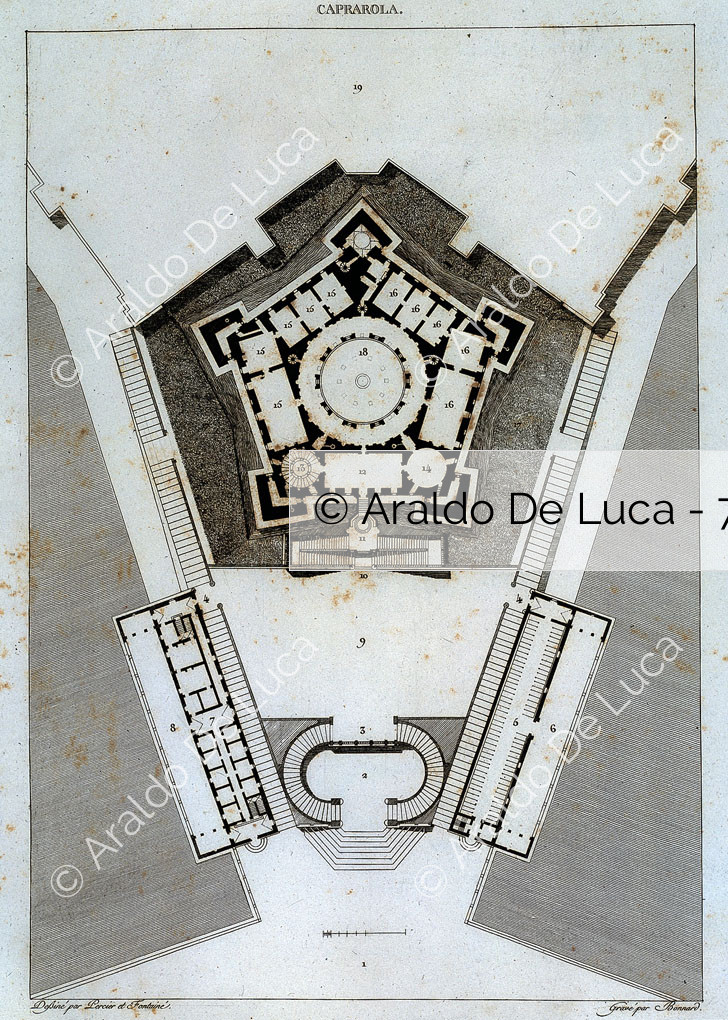
Pianta di Palazzo Farnese a Caprarola disegno di Percier e Fontaine 7400
Access: For visitors with reduced mobility, there is a dedicated entrance on Via San Rocco, which gives direct access to the Piano Nobile and the Winter Garden (please contact +39 0761 646052 before arrival). Palazzo Farnese. Piazza Farnese, 1. 01032 Caprarola (Vt), Italy. tel. +39 0761 646052.

Il palazzo Farnese di Caprarola fu costruito in pianta pentagonale su
Alessandro Farnese became cardinal when he was only 25 years old, the fact that he was so young gave him the opportunity to make a glorious career within the catholic church. Furthermore, he was intelligent, educated, cultured and patient in short, he had all the qualities necessary to become pope. In fact, in 1534 at the age of 67, he was.

The wonders of Palazzo Farnese in Caprarola Italian Ways Italian
Book Palazzo Farnese Tours & Tickets! Compare Reviews, Prices & Book on Tripadvisor. Quick & Easy Purchase with Flexibility to Cancel up to 24 Hours Before the Tour Starts!

Palazzo Farnese (Caprarola) Wikipedia Architettura storica
Palazzo Farnese, also known as Villa Farnese, dominates the landscape of Caprarola. It was in Bolsena that Alessandro the Younger, also known as Alessandro Farnese, was born in 1520, his grandfather having bought the Caprarola property in 1504, where he started to build a pentagonal fortress about 1528 before abandoning it when he was elected Paul III in 1534, only a few years after the sack.

Palazzo Farnese a Caprarola Architettura barocca, Architettura, Palazzi
Palazzo Farnese. Caprarola (VT) Erected for the "great cardinal" Alessandro Farnese on the foundations of a pre-existing fortress, the building (1559-1575), celebrated throughout the ages, is considered the masterpiece of Jacopo Barozzi da Vignola.. Piazza Farnese, 1, 01032 Caprarola (VT) Hours: 8:30am to 7:30pm (last entry 6:45pm) The park.
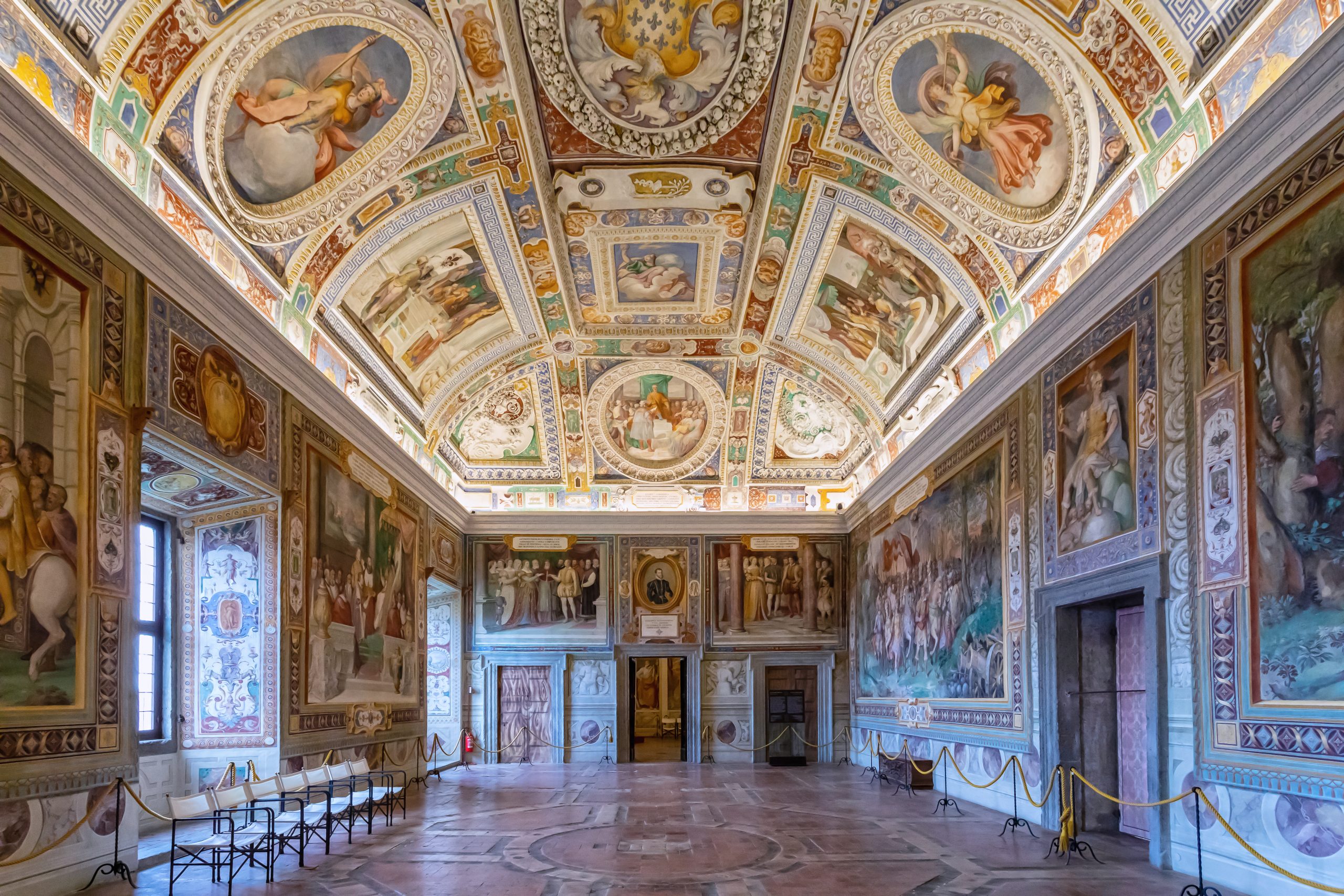
Tuscia, il Lazio suggestivo
The Palazzo Farnese of Caprarola is one of the best examples of Renaissance mansion, built for the Roman Farnese family in Caprarola. The construction of the building - with its distinctive pentagonal shape - was entrusted from Alessandro Farnese (who became Pope Paul III) to Antonio da Sangallo, who began working around 1530 and, after a break, it was completed at the behest of Alessandro.
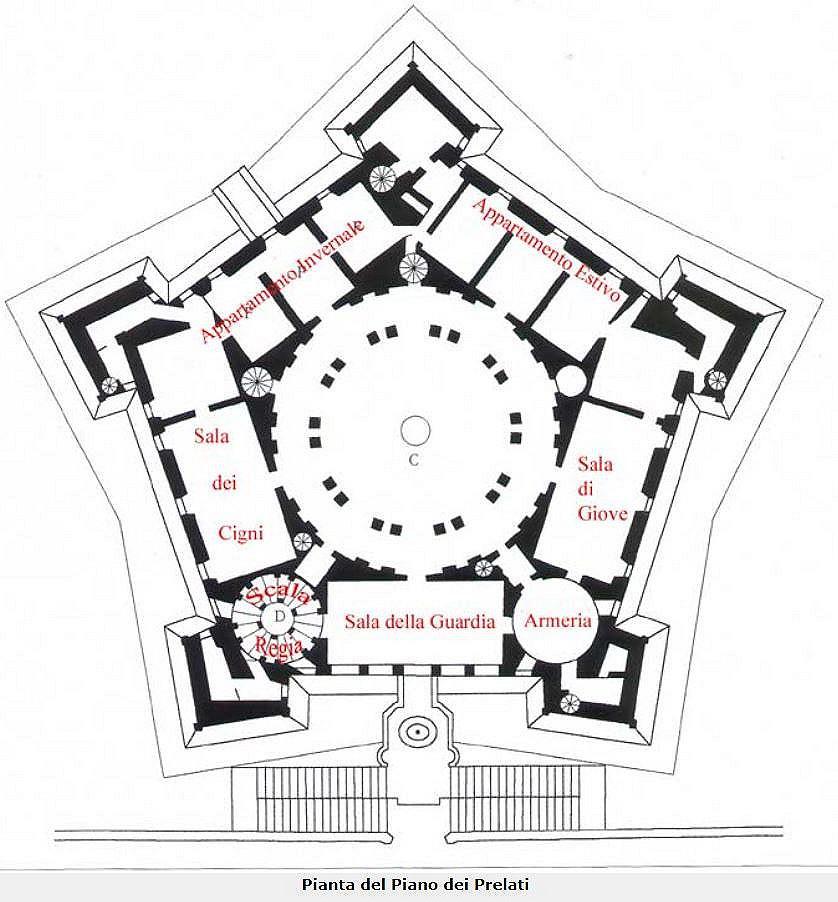
Cosa vedere d’interessante a Palazzo Farnese di Cararola
A Brief History Of Villa Farnese, Caprarola. Also known as Palazzo Farnese (or even Villa Caprarola), this stunning piece of architecture has a long history - over 500 years of it, in fact. It started life in 1504 when Alessandro Farnese acquired the land for the estate. Alessandro Farnese was, of course, to be the future Pope Paul III.
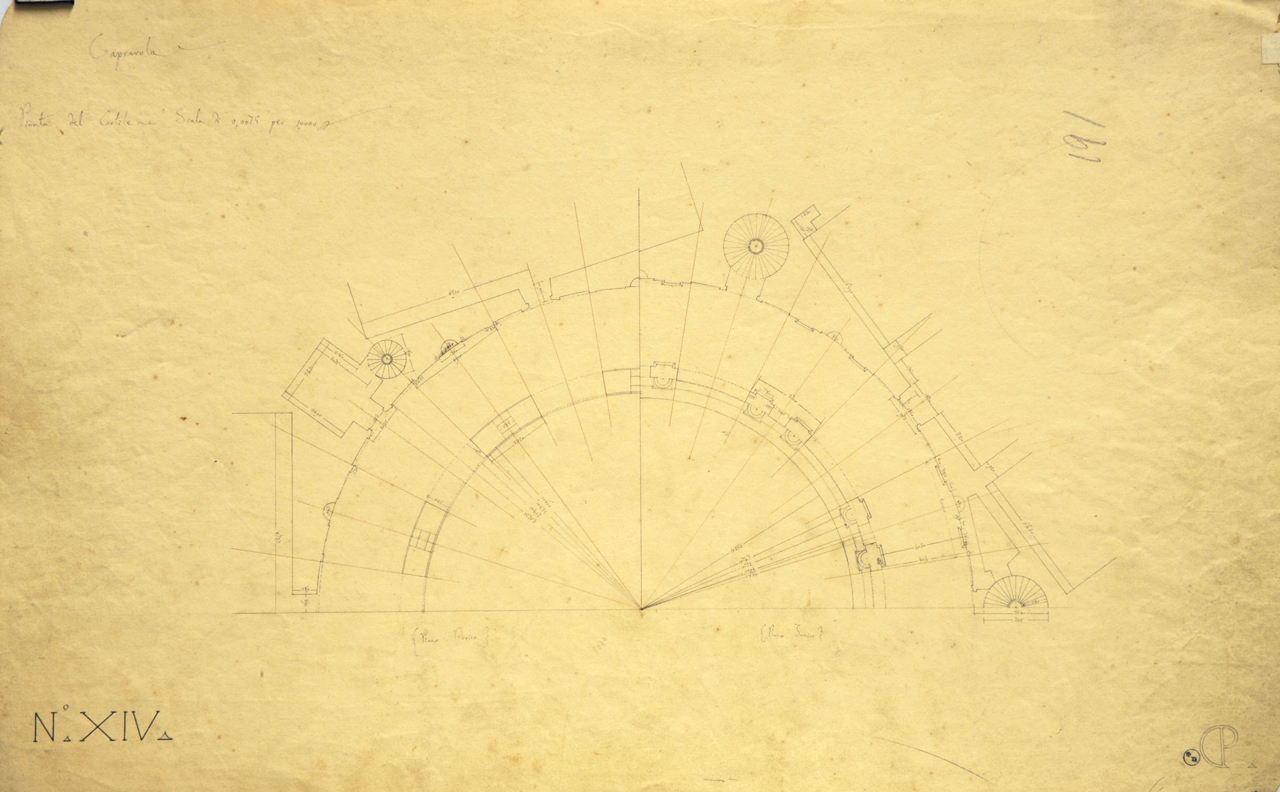
Caprarola Facciata Pianta del Cortile Cortile di palazzo Farnese
The Renaissance Gardens tour: Palazzo Farnese and more. 2. Full-day Tours. 6+ hours. Full day tour with pick up/drop off from Civitavecchia Port. Visit and discover the best Gardens and Palaces of the Renaissance… Free cancellation. Not sure? You can cancel this reservation up to 24 hours in advance for a full refund. from.
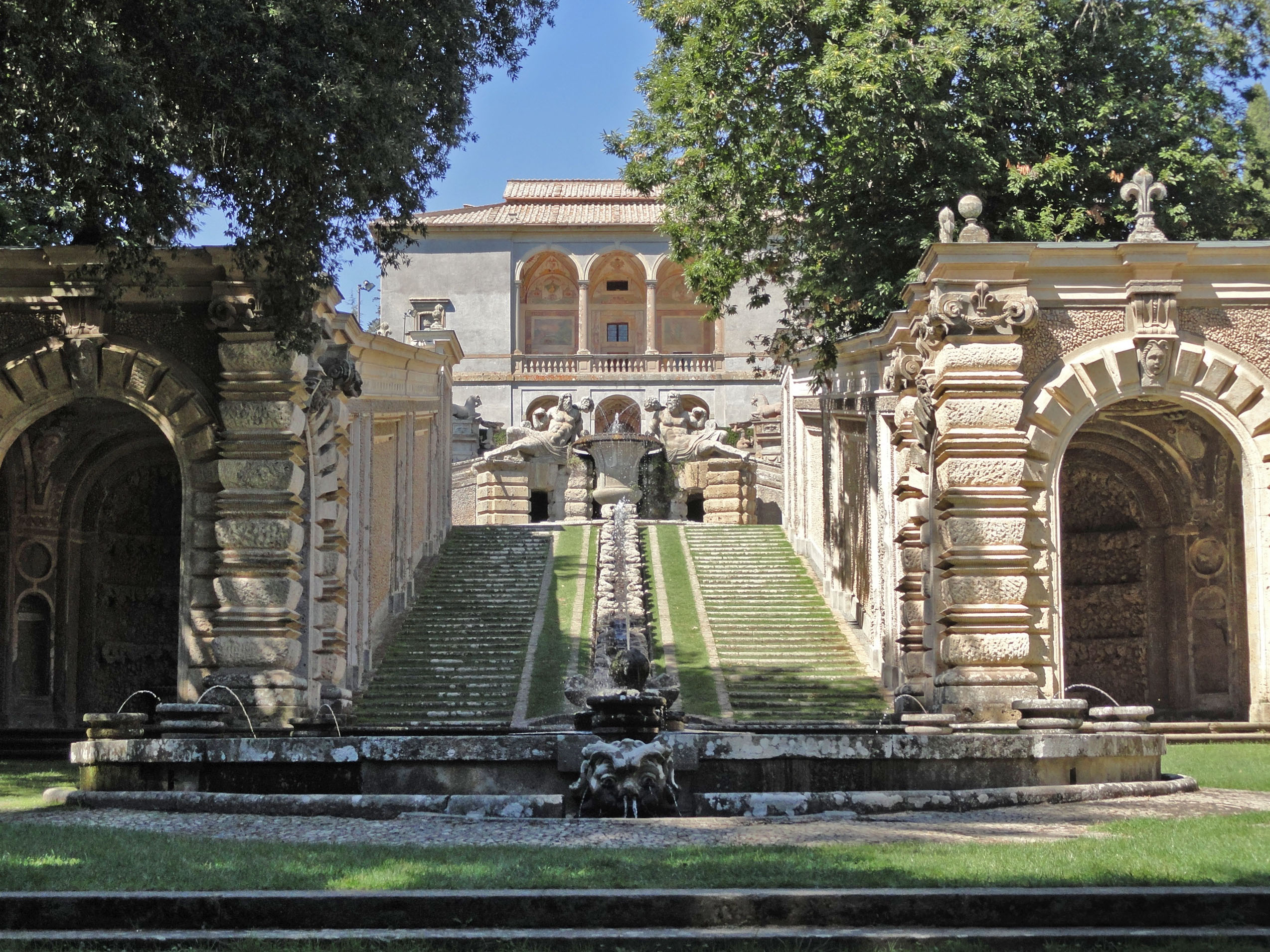
ANNA PARLAFANTI FACEBOOK LINK SOTTO VILLA FARNESE A CAPRAROLA
The frescoes in an inner, open courtyard of the Palazzo Farnese in Caprarola, Italy, were painted by Zuccari in 1547 and were exposed to the ambient environment - including variations in light, moisture, temperature fluctuations and possibly a changing reactive atmosphere over almost five centuries.
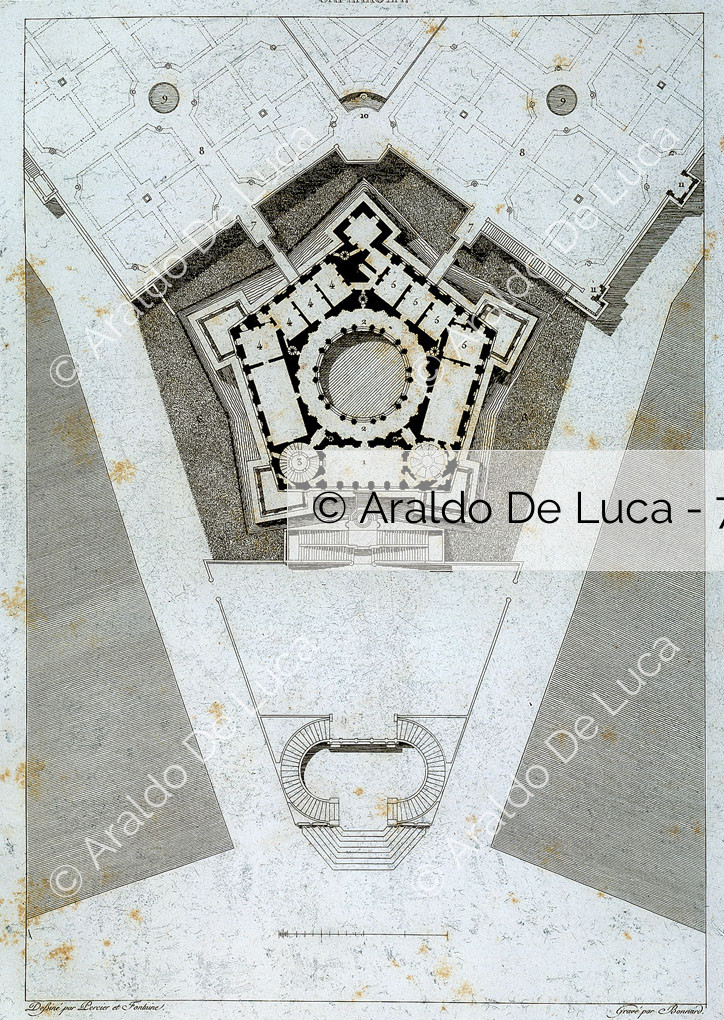
Pianta di Palazzo farnese a Caprarola disegno di Percier e Fontaine 7399
The Massive Palazzo Farnese at Caprarola looms over its plain, a mute witness to the former power of the family (fig. 1). The rocca was initiated by the first Cardinal Alessandro (Pope Paul III) and fully and magnificently developed by the second Cardinal Alessandro, his grandson. Inside, its decoration boasts of family deeds and silently eliminates family failures.

Floor plan of Palazzo Farnese in Caprarola, engraving from New... News
Il Palazzo Farnese di Caprarola riapre in anteprima mercoledì 20 maggio; sarà poi aperto ogni fine settimana, a cominciare da sabato 23 e domenica 24 maggio.. Il Vignola modificò radicalmente il progetto originale: la costruzione, pur mantenendo la pianta pentagonale dell'originaria fortificazione, venne trasformata in un imponente.